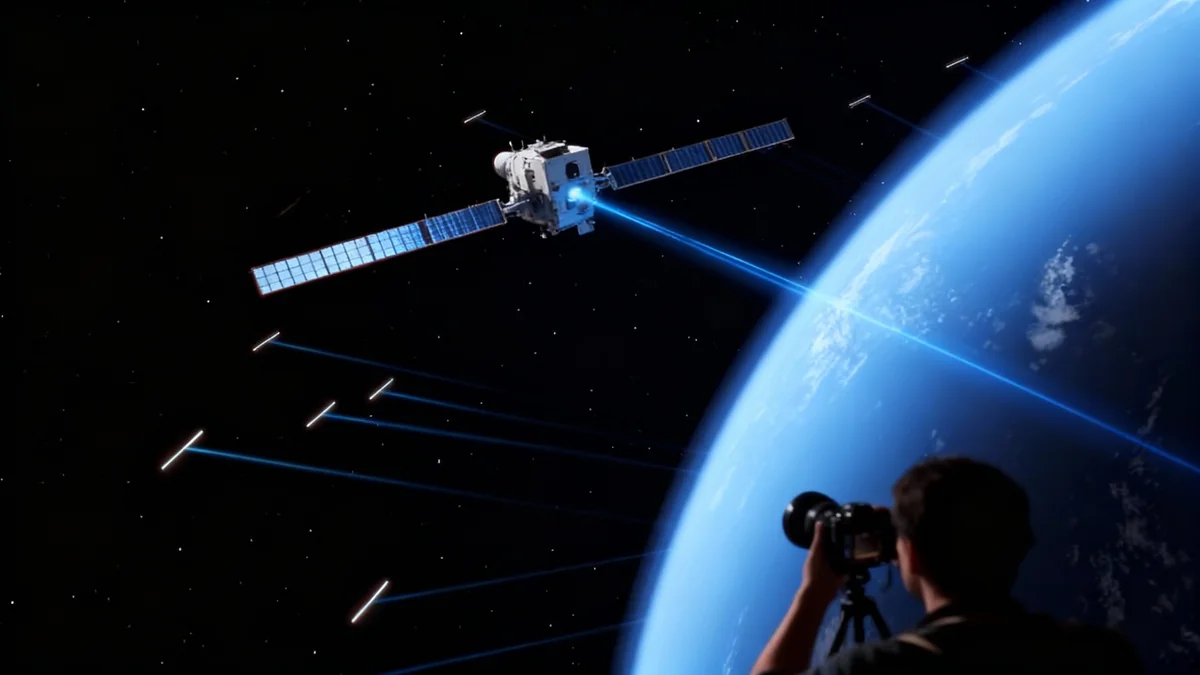Major League Baseball is set to introduce an Automated Ball/Strike System (ABS) by 2026, a move that parallels the growing integration of artificial intelligence in professional fields like real estate. This technological shift aims to enhance accuracy and reduce disputes but also raises important questions about the balance between automation and human expertise.
Key Takeaways
- Major League Baseball will implement an Automated Ball/Strike (ABS) system, often called "robot umpires," starting in the 2026 season.
- The system will use a challenge format, allowing teams two challenges per game to review ball and strike calls made by human umpires.
- The decision is supported by data showing over 60% of MLB ejections are related to disputes over balls and strikes.
- This development in sports mirrors the adoption of AI in other sectors, such as real estate, where technology is changing professional roles but requires human oversight.
MLB Adopts New Technology for Officiating
Major League Baseball has confirmed plans to integrate an Automated Ball/Strike System into its games by the 2026 season. The technology is designed to bring greater consistency to the strike zone, a frequent point of contention in the sport.
Rather than replacing human umpires entirely, the league will adopt a challenge-based format. Under this new rule, human umpires will continue to call balls and strikes from behind the plate. However, each team will be granted two challenges per game to question a call. If a challenge is successful, the team retains it. An additional challenge will be awarded for extra innings.
This hybrid model was chosen after considering feedback from players. According to MLB Commissioner Rob Manfred, “The strong preference from players for the challenge format over using the technology to call every pitch was a key factor in determining the system we are announcing today.”
How the ABS System Works
The ABS technology does not rely on artificial intelligence but on a high-precision camera system known as Hawk-Eye. This system uses multiple cameras to track the baseball's trajectory from the pitcher's hand to home plate, accurately determining if it passed through the designated strike zone.
The goal is to create a uniform and objective standard for every pitch, removing the subjective element that can lead to disagreements between players, managers, and umpires. The system has been tested extensively in Minor League Baseball to refine its performance before its major league debut.
Reducing On-Field Disputes
Data from MLB highlights the issue the ABS system aims to address. According to reports, 61.5% of all ejections among players, managers, and coaches in the 2023 season were related to disputes over balls and strikes. The figure was similarly high at 60.3% for the 2024 season through late September. The league anticipates that a reliable review system will significantly lower these numbers.
A Broader Trend of Automation in Professional Fields
The changes in baseball are not happening in a vacuum. They reflect a wider societal trend where technology is being integrated into roles traditionally reliant on human judgment. This is particularly evident in the real estate industry, where AI is rapidly becoming a standard tool.
Real estate agents now use AI for a variety of tasks, including writing property descriptions, creating marketing materials, and analyzing market data. Platforms like Zillow and generative AI tools like ChatGPT provide consumers with direct access to information that was once exclusively the domain of licensed professionals. This shift empowers clients but also introduces new complexities.
“You can like it, dislike it, it doesn’t matter. It’s coming. It’s going to change the game. It’s going to change the game forever.”
- Stephen Vogt, Cleveland Guardians Manager
Vogt's comments on the inevitability of automated umpires can be applied directly to how AI is transforming real estate and other professional services. The focus is shifting from resisting the technology to learning how to use it responsibly.
The Importance of Human Oversight
While automation promises efficiency and precision, its implementation highlights the continued importance of human skills. In baseball, the introduction of automated technology may diminish a subtle skill known as "pitch framing," where a catcher skillfully receives a borderline pitch to make it appear as a strike to the umpire. This artful influence on the game will likely become obsolete.
Similarly, in real estate, the professional's role is evolving. An agent’s value is increasingly tied to their ability to interpret AI-generated data, verify its accuracy, and provide nuanced guidance to clients. This involves explaining complex contracts, navigating negotiations, and ensuring legal compliance—tasks that AI cannot yet handle with the necessary discernment.
Risks and Responsibilities of AI
The reliance on AI is not without risks. A significant concern is the potential for AI to produce inaccurate or fabricated information, often referred to as "hallucinations." A recent case highlighted this danger when a Palo Alto attorney admitted to filing legal briefs that cited non-existent cases generated by an AI tool. Such incidents underscore the critical need for human verification.
Industry Focus on Marketing Over Compliance
Concerns have been raised that professional organizations are not placing enough emphasis on the responsible use of AI. For example, the National Association of Realtors’ 2025 Technology Survey focused heavily on how agents use AI for marketing and social media but did not include questions about its application in compliance or broker supervision. This suggests a potential gap in industry priorities, where the creative applications of AI are being celebrated more than the accountability required to use it safely.
Agents who over-rely on AI without proper fact-checking could face disciplinary action or legal consequences, much like the on-field ejections the MLB hopes to reduce. The promise of fewer errors with technology is only realized when the human users are trained, vigilant, and accountable.
Balancing Technology with Human Judgment
Ultimately, the introduction of automated systems in both baseball and real estate presents a similar challenge: how to best integrate new tools while preserving the essential value of human expertise. In baseball, the human element remains central through the challenge system and the on-field presence of umpires.
In real estate, the professional's role is shifting toward that of a trusted advisor who can effectively manage and interpret technology on behalf of their clients. The ability to "frame" information—to present it with context, verify its accuracy, and guide clients through complex decisions—remains a uniquely human skill.
The future in these and many other industries will likely not be a complete replacement of humans with technology, but a partnership. Success will depend on professionals mastering their tools, understanding their limitations, and upholding their ethical responsibilities. The game, whether on the field or in the market, is still defined by the people playing it.





